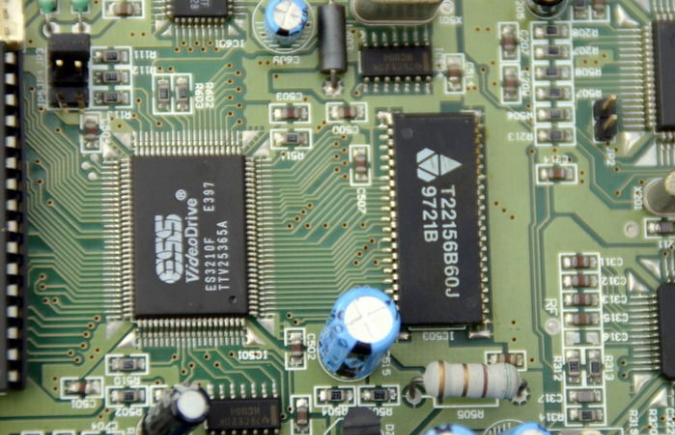SMT soldering is an important process in the assembly of electronic boards. If it is not mastered well, not only will there be many "temporary failures", but it will also directly affect the life of the solder joints.
Almost all thermometers are available, but there are still many users who have not performed temperature measurement certification and adjusted temperature settings for all products; some users have used temperature measurement, but have not grasped the main points of the welding process and cannot optimize the process.
This article hopes that through the explanation of the reflow soldering principles and main points, users will be encouraged to do further study and research on this topic in order to achieve the purpose of better handling of this technology. In SMT reflow soldering, there are technologies such as infrared, hot air, laser, incandescent light, and hot pressing. Due to space and time, this article only explains the most commonly used hot air reflow soldering technology. In addition, any process result is comprehensive. The assembly quality of PCBA is not solely determined by the welding process.

Even if it is a soldering problem, such as solder balls, it is a combination of design, materials, equipment, and processes (including the various process steps before soldering). Therefore, technology integration, application and management is the fundamental way to ensure good assembly quality. With the number of processes that affect SMT (Note 1) and the variety of quality factors, it is necessary to fully explain the application of technology integration, even using hundreds of thousands of words is not enough. Therefore, in the limited space of this article, only the key explanation of the welding process is given, and other related processes, manufacturability design, material quality, equipment capabilities, etc. are assumed to be in place.
The basic requirements of SMT welding:
No matter what welding technology we use, we should ensure that the basic requirements of welding are met to ensure a good welding result. High-quality welding should meet the following 5 basic requirements.
1. Proper calories
2. Good wetting;
3. Proper solder joint size and shape;
4. Controlled tin flow direction;
5. The welding surface does not move during the welding process.
Appropriate heat means that for all welding surface materials, there must be enough heat energy to melt them and form an intermetallic interface (IMC). Sufficient heat is also one of the basic conditions for providing wetting. On the other hand, the heat must be controlled to a certain extent to ensure that the materials (not just the solder ends) in contact will not be thermally damaged, and the formation of the IMC layer will not be too thick (Note 2).
In addition to being a symbol of better solderability, wetting is also an important condition for the formation of the final solder joint shape. Poor wetting usually indicates that the structure of the solder joint is not ideal, including problems such as incomplete formation of IMC and poor solder joint filling. These problems will affect the life of solder joints.
To have a sufficient life of the solder joint, it is necessary to ensure that the shape and size of the solder joint meet the requirements of the welding end structure. A solder joint that is too small has insufficient mechanical strength and cannot withstand the stress in use, even the internal stress existing after welding. Once fatigue or creep cracking occurs during use, the fracture speed is also faster. The poor shape of the solder joints will also cause the phenomenon of taking the weight down and shorten the life of the solder joints.
The controlled tin flow direction is also an important part of the soldering process. The molten solder must flow in the required direction to ensure controlled solder joint formation. The use of ‘stealing tin pad’ and solder mask (green oil) in the wave soldering process, as well as the tin absorption phenomenon in the reflow soldering process, are technical details related to the control of the tin flow direction.
If the welding end moves during the welding process, depending on the movement and time, it will not only affect the shape and size of the welding spot, but also may cause false welding and internal holes. This will affect the quality and life of solder joints. Therefore, the design and process of the entire product must take care of the welding end to remain stationary during the welding process.
In the SMT reflow soldering process, in addition to the above general soldering conditions, there is a special point, that is, the chemical components in the solder paste that have no effect after the printing process must be volatilized in time. This is especially stricter on the first side of the double-sided welding process.
We must pay attention to the above technical requirements when designing and handling the SMT reflow soldering process. Let's take a closer look at the SMT reflow soldering process and its controllable methods and skills.